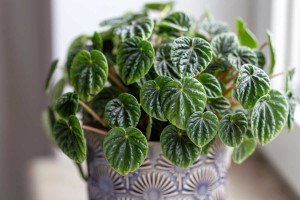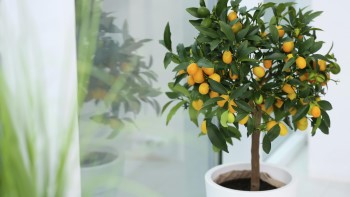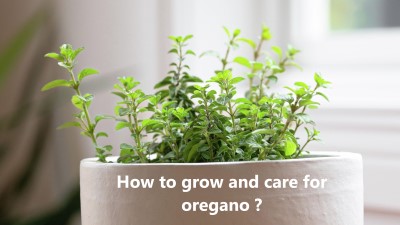- Houseplants
- 3,950
In fact, Peperomia plants are small, decorative, tropical houseplants with thick, succulent-like leaves. They are low maintenance and relatively easy to care for, making them great for novice gardeners.
Here are 16 tips for caring for peperomias:
1. Choose a pot with drainage holes. Peperomias don’t like to sit in wet soil, so make sure your pot has drainage holes to allow the excess water to escape.
2. Use a light, well-draining potting mix. Peperomias prefer a light, well-draining potting mix that is slightly acidic.
3. Provide bright, indirect sunlight. Peperomias like bright, indirect sunlight, so place them near a window or in a spot that gets natural light but not direct sunlight.
4. Water when the soil is dry. Water your peperomias when the top inch of soil is dry. Over-watering can lead to root rot, so make sure the soil has a chance to dry out between waterings.
5. Watch for pests. Peperomias are susceptible to mealybugs, spider mites, and aphids. If you notice any of these pests on your plant, remove them with a damp cloth or insecticidal soap.
6. Prune when necessary. Prune your peperomia if it becomes overgrown or if you want to shape it. Cut back stems to the desired length, being careful not to cut off too much.
7. Fertilize sparingly. Fertilize your peperomia once a month during the growing season with a balanced liquid fertilizer.
8. Repot when necessary. Repot your peperomia every few years to keep the potting mix fresh and provide your plant with more room to grow.
9. Don’t over-pot. Peperomias don’t need a lot of room to spread out, so make sure to use a pot that is slightly larger than the root ball.
10. Propagate from stem cuttings. Propagating your peperomia is a great way to increase your collection. Take stem cuttings, remove the lower leaves, and place the cutting in a glass of water until roots form. Then, transplant the cutting into a pot with soil.
11. Watch for signs of stress. Look for signs of stress such as yellowing leaves, wilting, or drooping. If you notice any of these signs, adjust your care routine accordingly.
12. Don't let the temperature drop too low. Peperomias don’t like cold temperatures, so make sure to keep your plant away from drafty windows and doors.
13. Watch for signs of overwatering. If you notice yellowing leaves or root rot, you may be overwatering your peperomia. Adjust your watering schedule accordingly.
14. Don't expose to too much direct sunlight. Direct sunlight can be too intense for peperomias, so make sure to keep them away from south-facing windows or other areas that get direct sun.
15. Mist occasionally. Peperomias like humid conditions, so give them a light misting once a week to keep them happy.
16. Keep away from pets. Peperomias can be toxic to cats and dogs, so make sure to keep them out of reach of pets.
Read More





